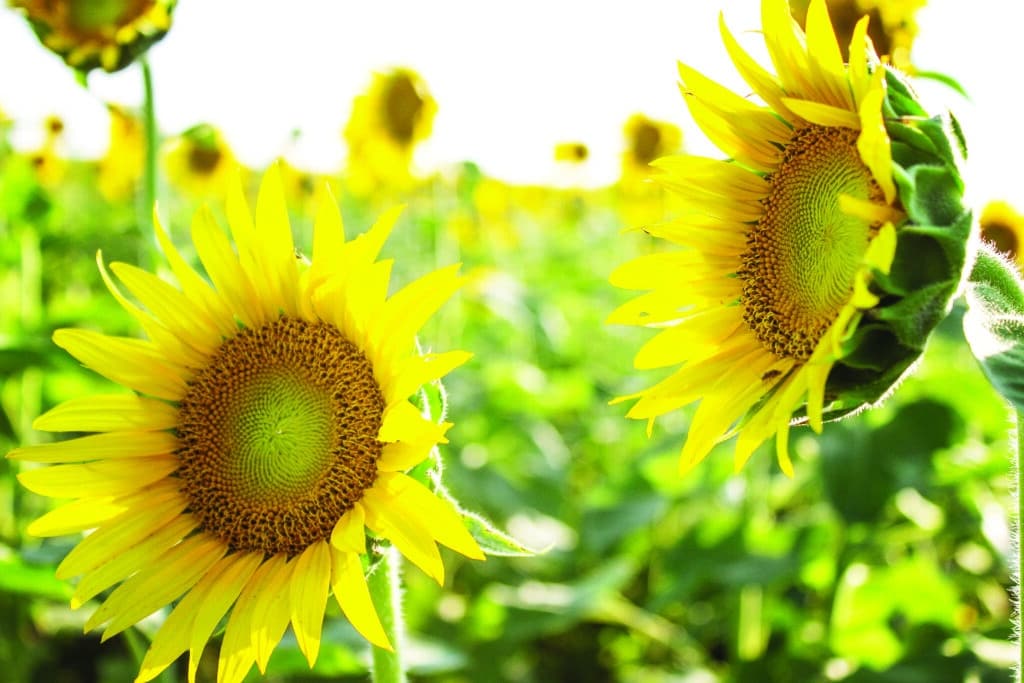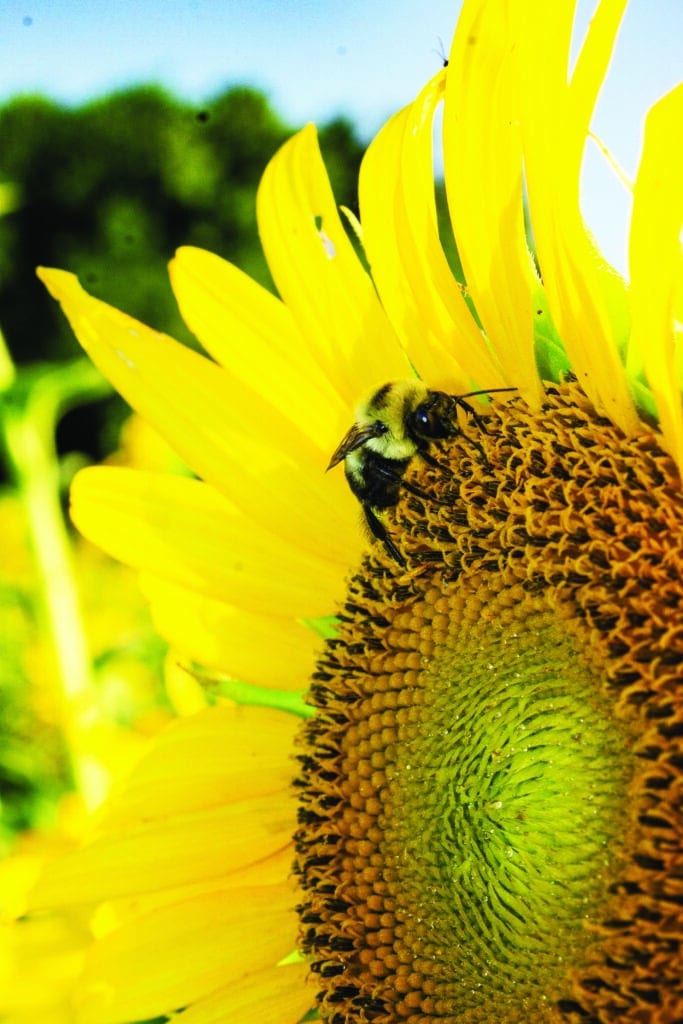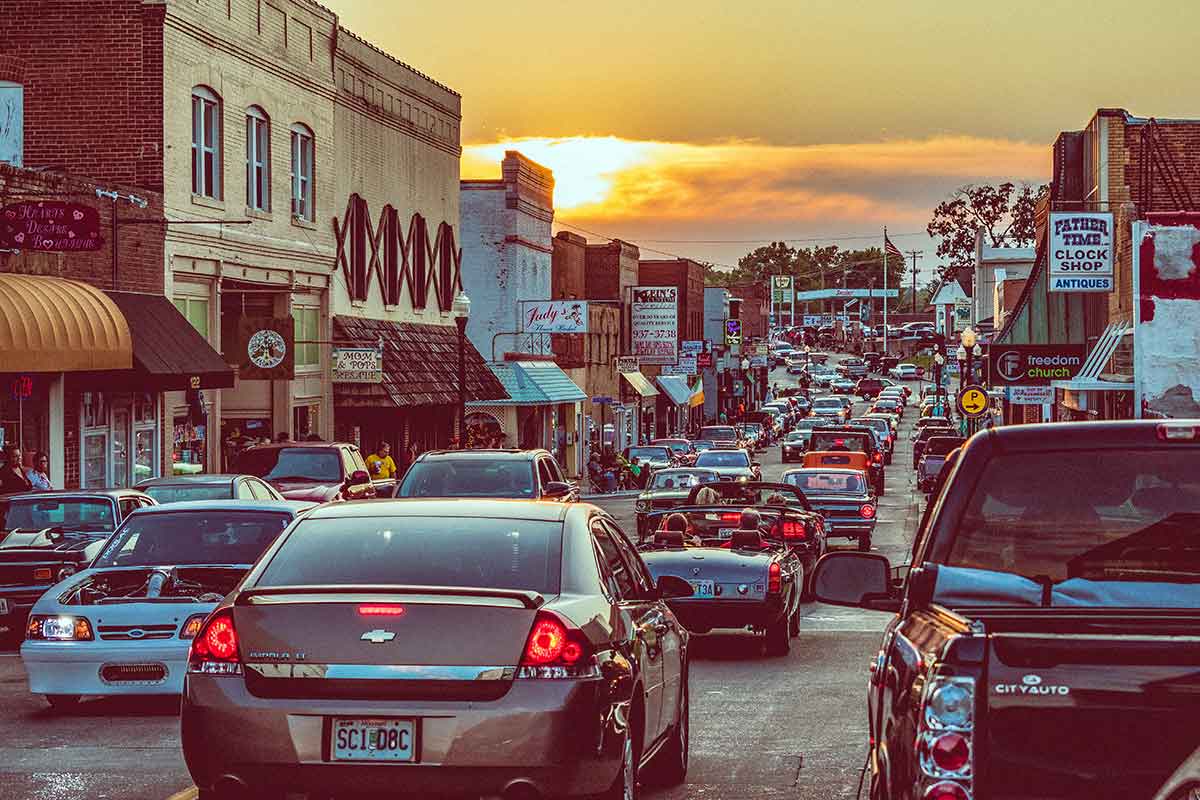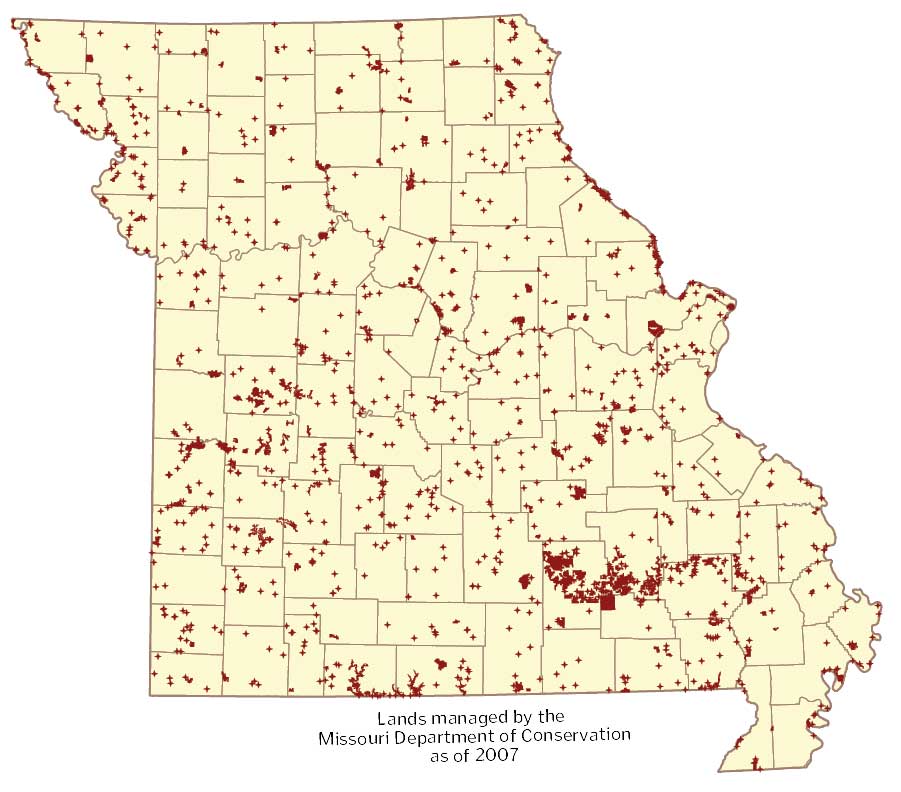Late July is the prime time to go see beautiful, sunny, sunflowers. They are glorious to look at and they make bees, other pollinators, and deer happy. Take a day trip to see thousands of these bright, colorful flowers and hear the buzzing of the bees.

Story and Photos by Pam Clifton
Fireworks may fill the St. Louis sky on the Fourth of July, but there’s another spectacular display of bright color that will draw crowds to that region this month. The fields at Columbia Bottom Conservation Area in Spanish Lake are drenched in sunshine and blanketed with sunflowers.
Missouri Department of Conservation (MDC) staff members set aside several days every spring to prep fields and plant 60 to 65 acres of sunflowers at Columbia Bottom. The sunflowers have been planted, in some variety, at the site since 1998 to provide opportunities for September’s Mourning Dove hunting season.
In 2016 and 2017, the MDC received several phone calls from people who wanted to view the sunflower fields. MDC Metro Media Specialist Dan Zarlenga says this sparked the idea to plant additional fields to allow more opportunities to view the flowers. The sunflower plantings are staggered to prolong the blooming season.
“We began planting the fields in April, which usually results in a large bloom mid-July through mid-August,” Dan says. “When we started to plant the viewing fields, we did it strategically so that it was a later planting date, which would extend the sunflower bloom period into the summer to allow for more viewing opportunity in the area.”
Dan notes that prices have skyrocketed for the seeds and chemical spray required to grow the plants, but he says the number of people who visit Columbia Bottom to view the flowers justifies the effort and expense. The MDC counts cars rather than individual guests, and the number of vehicles more than triples during the blooming season—from an average of 305 per day normally, to 978.
While the sunflowers are a beautiful sight, Dan says they are also extremely beneficial to the local wildlife. Deer eat the sunflower heads as they begin to form; they are a great food source, particularly for does that are lactating.
Pollinators also love the flowers. “A quick trip into one of the sunflower fields will have you hearing the buzz of all the pollinators that are utilizing the pollen from the flowers,” Dan says.
Optimal viewing time for the Columbia Bottom sunflowers is the second week of July through the middle of August, with the third or fourth week of July as prime time for sunflower blooming. Each flower typically blooms for about 10 days.
“Be courteous of everyone else at the fields,” Dan says. “There tend to be a lot of people around the fields in the evenings when everyone is off work. These public lands are your public lands, so please do not litter.”
He added that it’s important to not pick the sunflower heads. “Although it is tempting to pick one and take it home, if everyone who visited the field did that, we wouldn’t have any more flowers for the next family that stops by.”
The Columbia Bottom Conservation Area consists of about 4,300 acres and is located at 801 Strodtman Road at the confluence of the Missouri and Mississippi rivers in north St. Louis County. Although maps are posted on the visitors’ center doors, guests may simply follow the yellow sunflower signs and arrows to the various fields. Columbia Bottom is open daily from a half-hour before sunrise to a half-hour after sunset. There is no admission fee required to view the sunflowers.

Bees and other pollinators are attracted to sunflowers for their nectar and pollen. The flowers also provide nourishment for birds and mammals. The Missouri Department of Conservation includes sunflowers in the wildlife food plots it maintains in several of its conservation areas.
To read more about conservation areas in Missouri click here.
Article originally published in the July/August 2023 of Missouri Life.
Related Posts
My Missouri Life
Missouri Life magazine's new editor-in-chief, Sandy Selby, greets readers through the My Missouri Life column.
I popped up from my nest of pillows and books in the back of the family station wagon and announced, “I’m going to live in Missouri when I grow up.” I made that declaration at age nine as my family traveled from our home in northeastern Oklahoma to Branson for a vacation.
Revitalizing Missouri Downtowns
Here’s how Missourians are working together to revitalize downtowns across the state.
STATE-TISTICS: Conservation Areas in Missouri
Conservation areas by the numbers



